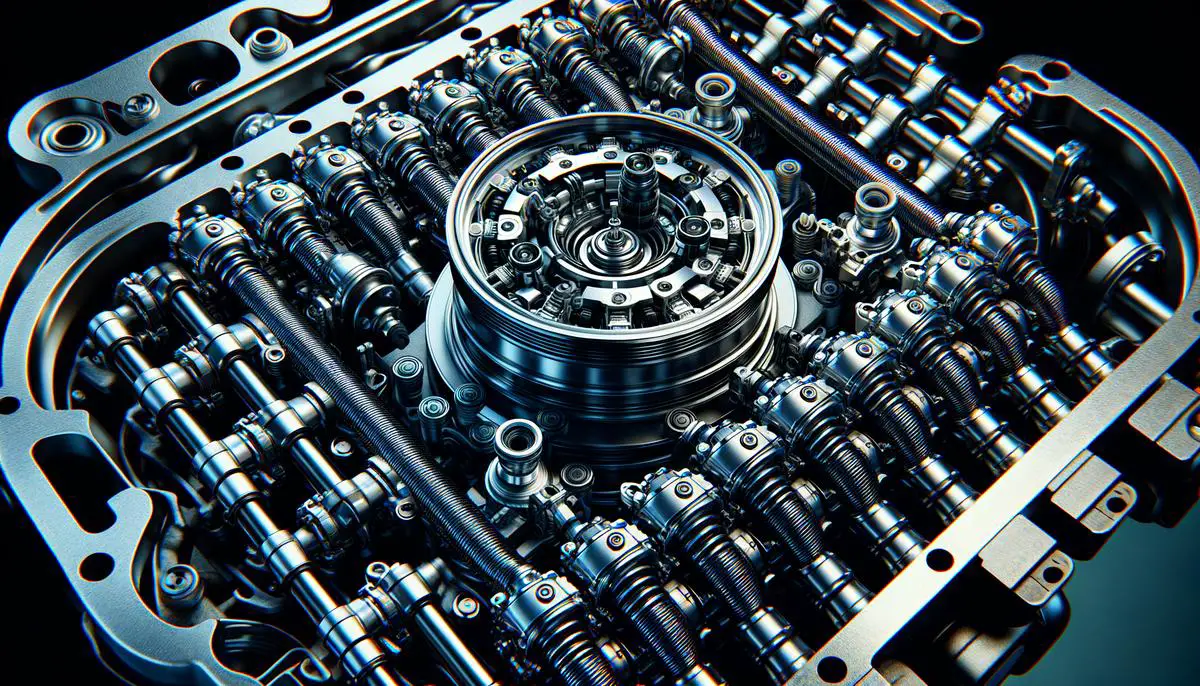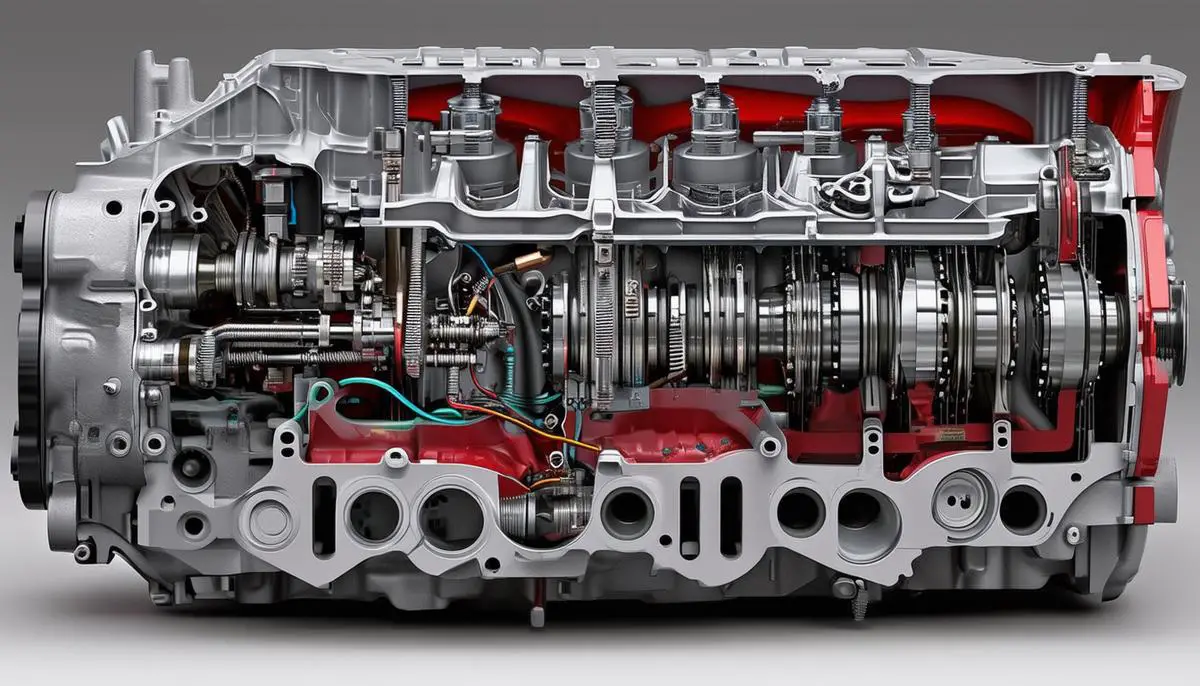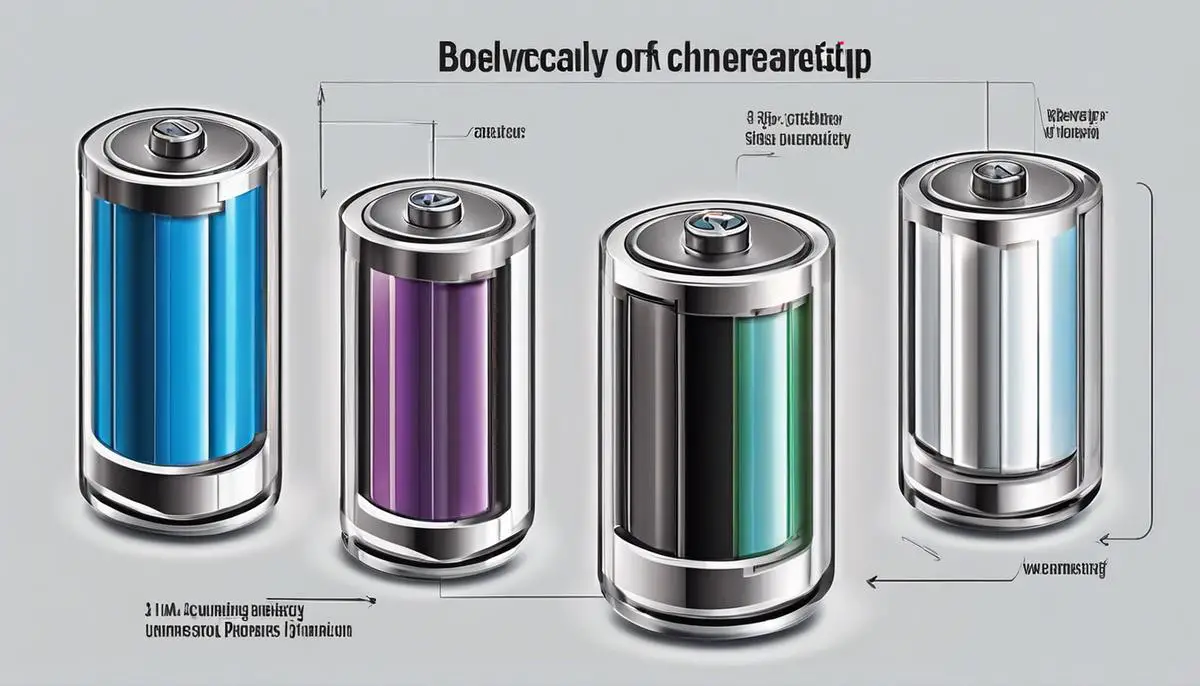Contents
Understanding Variable Valve Timing (VVT)
Variable Valve Timing (VVT) is a technology that adjusts the timing of valve operations to optimize engine performance across a wide RPM range. It ensures that the engine breathes efficiently and burns fuel effectively at any engine speed.
Manufacturers have various ways to achieve VVT:
- Honda's VTEC uses different cam lobes to switch between economy and performance profiles.
- Toyota's VVTL-i adds variable lift to the mix.
- Ford's VCT uses oil pressure to shift the cam position.
- BMW's VANOS system changes the camshaft angle hydraulically.
In VVT systems, the camshaft position or timing is altered relative to the crankshaft, typically using an electro-hydraulic actuator. The engine control unit (ECU) takes into account factors like engine load, speed, and temperature to make these adjustments. This allows the engine to maintain optimal performance in various driving conditions.
Variable Valve Lift (VVL) is another aspect of some VVT systems, which deals with how far the valves open. Honda's VTEC, for example, integrates both VVT and VVL to provide an even more flexible engine.
Benefits of Variable Valve Timing
Variable Valve Timing (VVT) offers several key benefits:
- Increased engine efficiency: VVT allows the engine to operate at peak efficiency across various speeds and loads, maximizing power output while minimizing fuel consumption and emissions.
- Improved fuel economy: By precisely controlling valve timing, VVT reduces fuel waste, resulting in better fuel economy and cost savings for consumers.
- Enhanced performance: VVT ensures optimal power delivery at any given moment, providing smooth and powerful transitions across the RPM range.
- Reduced emissions: VVT helps engines burn fuel more completely and cleanly, lowering CO2 emissions and other harmful pollutants.
- Better drivability and handling: VVT ensures consistent and smooth power delivery across a wide range of driving conditions, making vehicles more responsive and refined.
These benefits combine to elevate the overall driving experience, from the efficiency of daily commuters to the thrill of sports cars. According to a study by the National Renewable Energy Laboratory, VVT can improve fuel efficiency by up to 12% and reduce emissions by up to 20%.1
Implementation of VVT in Different Car Models
Honda's VTEC System
Honda's VTEC system switches between two sets of cam lobes, using one for fuel efficiency at lower RPMs and another for performance at higher RPMs. The system has evolved from the simple VTEC in B-series engines to the more advanced i-VTEC in newer K-series engines, which combines VVT with variable valve lift.
Toyota's VVT-i and VVTL-i
Toyota's VVT-i adjusts the camshaft timing, while VVTL-i also varies the valve lift. More modern Toyota engines incorporate systems like VVT-iE, which uses an electric actuator for more precise control.
BMW's VANOS and Valvetronic
BMW's VANOS offers continuously variable timing adjustment on the intake camshaft, with Double VANOS extending this control to both intake and exhaust camshafts. BMW's Valvetronic system, often used alongside VANOS, regulates valve lift for a highly responsive and adaptable engine.
Ford's Ti-VCT
Ford's Ti-VCT allows for independent adjustment of intake and exhaust cams, optimizing both simultaneously for better performance and efficiency. EcoBoost engines with this technology offer improved low-speed torque and high-speed power.
Newer VVT systems are more sophisticated than older ones, equipped with advanced sensors and actuators for real-time adjustments to both valve timing and lift. The integration of electronic control units (ECUs) allows for more nuanced and precise operation, instantly adapting to changing driving conditions.
Challenges and Future of VVT
While VVT systems have revolutionized engine performance and efficiency, they come with some challenges:
- Cost: Implementing VVT involves advanced technology and materials, which can increase production expenses and vehicle prices.
- Complexity: VVT systems require precise engineering and intricate mechanisms, adding to manufacturing difficulty and potentially more involved maintenance and repair procedures.
- Durability: VVT components are subject to high stress and extreme conditions, and ensuring their longevity is an ongoing challenge for engineers.
Looking ahead, the future of VVT technology is promising:
- Fully adjustable coil-operated valves: Electric actuators could offer greater precision and responsiveness compared to traditional hydraulic systems, improving performance and efficiency.
- Integration with hybrid and electric powertrains: VVT can optimize the performance of both internal combustion engines and electric motors in hybrid vehicles, leading to greater fuel savings and lower emissions.
- Smart and adaptive VVT systems: Incorporating artificial intelligence (AI) could enable real-time optimization of engine performance based on driving patterns and conditions.
As research and development continue to tackle existing obstacles, VVT is set to remain a cornerstone of engine innovation, driving the quest for cleaner, more efficient, and powerful vehicles. A report by MarketsandMarkets predicts that the global VVT system market will grow from USD 34.5 billion in 2020 to USD 52.4 billion by 2025, at a CAGR of 8.7%.2

- National Renewable Energy Laboratory. Variable valve timing impact on fuel economy and emissions. Golden, CO: National Renewable Energy Laboratory; 2015.
- MarketsandMarkets. Variable valve timing system market by vehicle type, valve train, fuel type, number of valves, technology, method, product type, and region – global forecast to 2025. Northbrook, IL: MarketsandMarkets; 2020.



